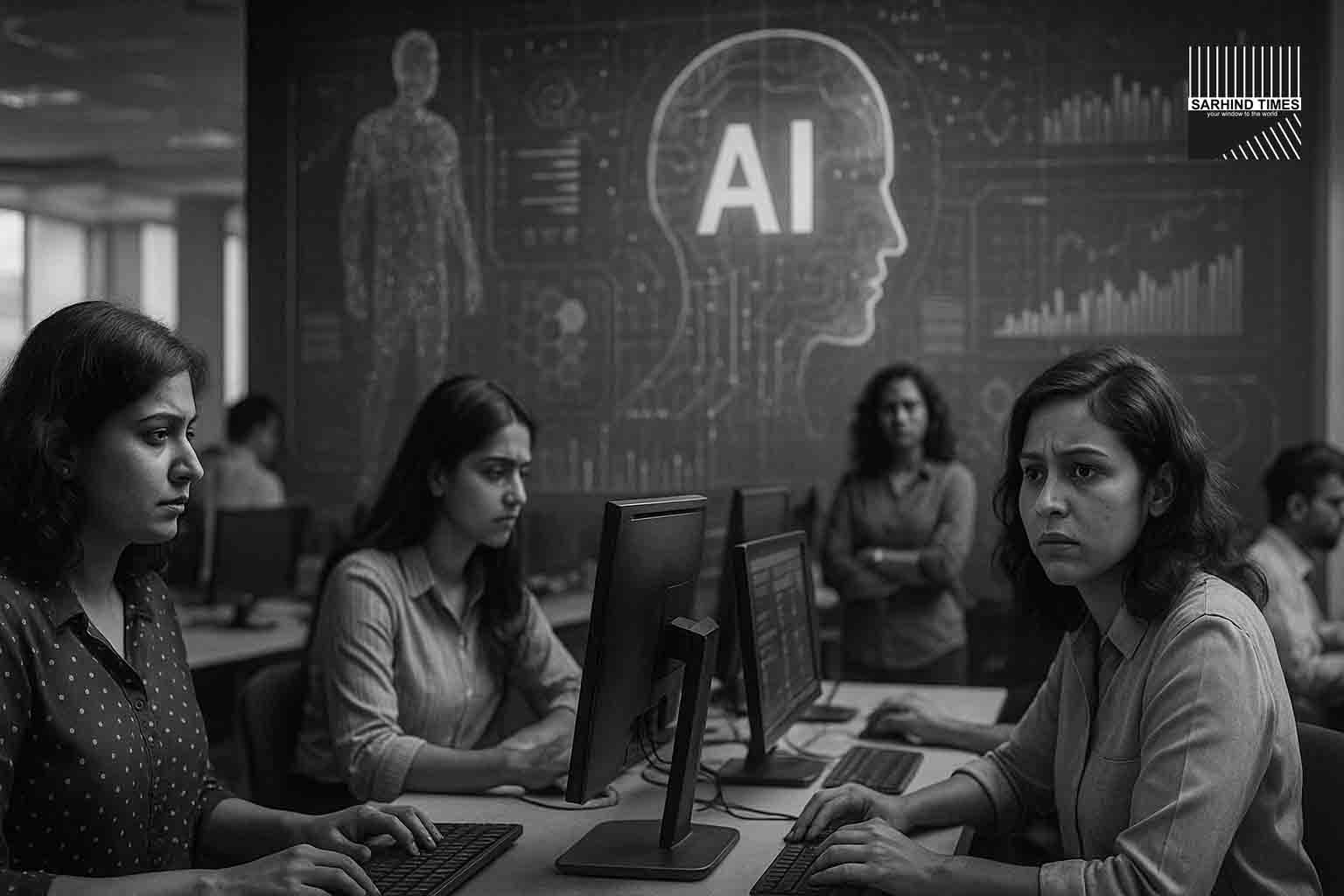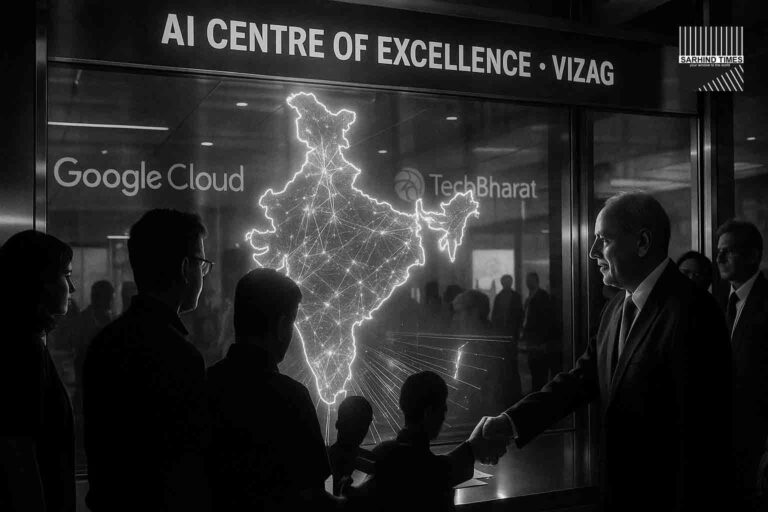A new United Nations-linked assessment, the “Gender Snapshot 2025,” has put the spotlight on a critical challenge for the global workforce: artificial intelligence is likely to disrupt women’s jobs at a greater scale than men’s.
For India—where female labor force participation is only just recovering from pandemic-era lows—the findings intensify the urgency to design reskilling and skilling pathways that can safeguard livelihoods and ensure women are not left behind in the AI-driven economy.
The conversation is no longer about whether AI will change jobs—it already is—but about who gets displaced first, and who benefits later.
What the UN Report Says
The Gender Snapshot 2025 highlights:
- Women’s occupational mix: More women globally work in routine-heavy clerical, administrative, and support services roles, which AI systems can easily automate.
- Higher exposure to disruption: A larger share of women’s work hours face “automation potential” compared to men’s.
- Risk of widening inequality: Without intervention, AI adoption could deepen gender gaps in wages, job security, and upward mobility.
The warning is stark: unless governments and companies invest in gender-sensitive skilling, women may face a disproportionate share of job losses.
India’s Context: Recovery and Risk
India’s female labor force participation has hovered around 25–28%, among the lowest globally. Recent gains in gig work, e-commerce logistics, and healthcare staffing lifted numbers slightly post-pandemic.
But the UN report poses a dilemma:
- Many women are concentrated in clerical, call-center, and retail support roles—the very categories AI can automate.
- Education and digital literacy gaps mean fewer women are represented in high-growth tech and managerial jobs less vulnerable to AI disruption.
This mismatch puts India at risk of reversing hard-won gains in women’s workforce presence.
The Skilling Pivot: What Needs to Change
Policymakers and industry leaders in India are now debating targeted interventions:
- Data & Digital Skilling: Training women in data labeling, analytics, prompt engineering, and AI-assisted design.
- Care-Tech and Health Services: Building women’s presence in tech-enabled caregiving, nursing, and eldercare where human empathy remains central.
- Public-Facing Services: Expanding women’s share in education, hospitality, and creative industries that demand hybrid human-AI interaction.
- STEM Education Push: Encouraging girls in schools and colleges to choose science and technology pathways.
The call is for tailored programs that not only reskill women but also reduce structural barriers like childcare, safety, and workplace discrimination.
The Enterprise Role
Companies are being urged to:
- Audit AI exposure across roles by gender.
- Create transition pathways for women in at-risk roles.
- Embed diversity goals into AI adoption plans.
Some firms are experimenting with internal upskilling academies where employees—especially women—can pivot from clerical to digital-facing jobs.
CSR portfolios, too, are being reoriented towards tech skilling for women, with potential tax incentives on the horizon.
Advocates Speak
- Gender rights advocate: “AI is not neutral. If women are excluded from design and adoption, the bias multiplies.”
- Startup founder: “We’re already seeing women coders transition into AI testing roles—India can build on this trend.”
- Economist: “Childcare and flexible work policies must accompany skilling, or women will remain shut out.”
Inclusive AI as an Opportunity
Despite the risks, experts stress AI can also unlock opportunities:
- Remote & flexible work for women balancing household duties.
- Safer workplaces through AI-enabled monitoring and grievance redressal.
- Entrepreneurial access: Platforms lowering barriers to launch small businesses online.
The question is whether policy, funding, and intent will align to make inclusion real.
Budget & Policy Outlook
Expectations are that FY26 budget consultations will include:
- Incentives for companies adopting gender-inclusive AI practices.
- Expansion of Skill India programs with women-specific tracks.
- Tighter reporting on gender balance in AI-heavy sectors.
India’s demographic dividend depends on harnessing women’s potential. Losing them to automation risk would be an economic own goal.
Global Parallels
Other countries are already experimenting:
- Canada & EU: Funding “Women in AI” fellowships.
- Singapore: Subsidized mid-career reskilling programs.
- Kenya: Public-private partnerships to train women in digital agriculture and fintech.
India can adapt these models to its scale and diversity.
Conclusion
The UN’s Gender Snapshot 2025 is both a warning and a roadmap. AI will reshape jobs, but whether it widens or narrows gender gaps depends on choices made today.
For India, the message is clear: invest in women’s skilling, childcare, and digital access, or risk excluding half the workforce from the future of work.
Done right, this moment could turn disruption into opportunity, powering both inclusive growth and global competitiveness.
#AI #Jobs #WomenAtWork #Skilling #FutureOfWork #Diversity #GenderEquality #IndiaEconomy

























+ There are no comments
Add yours